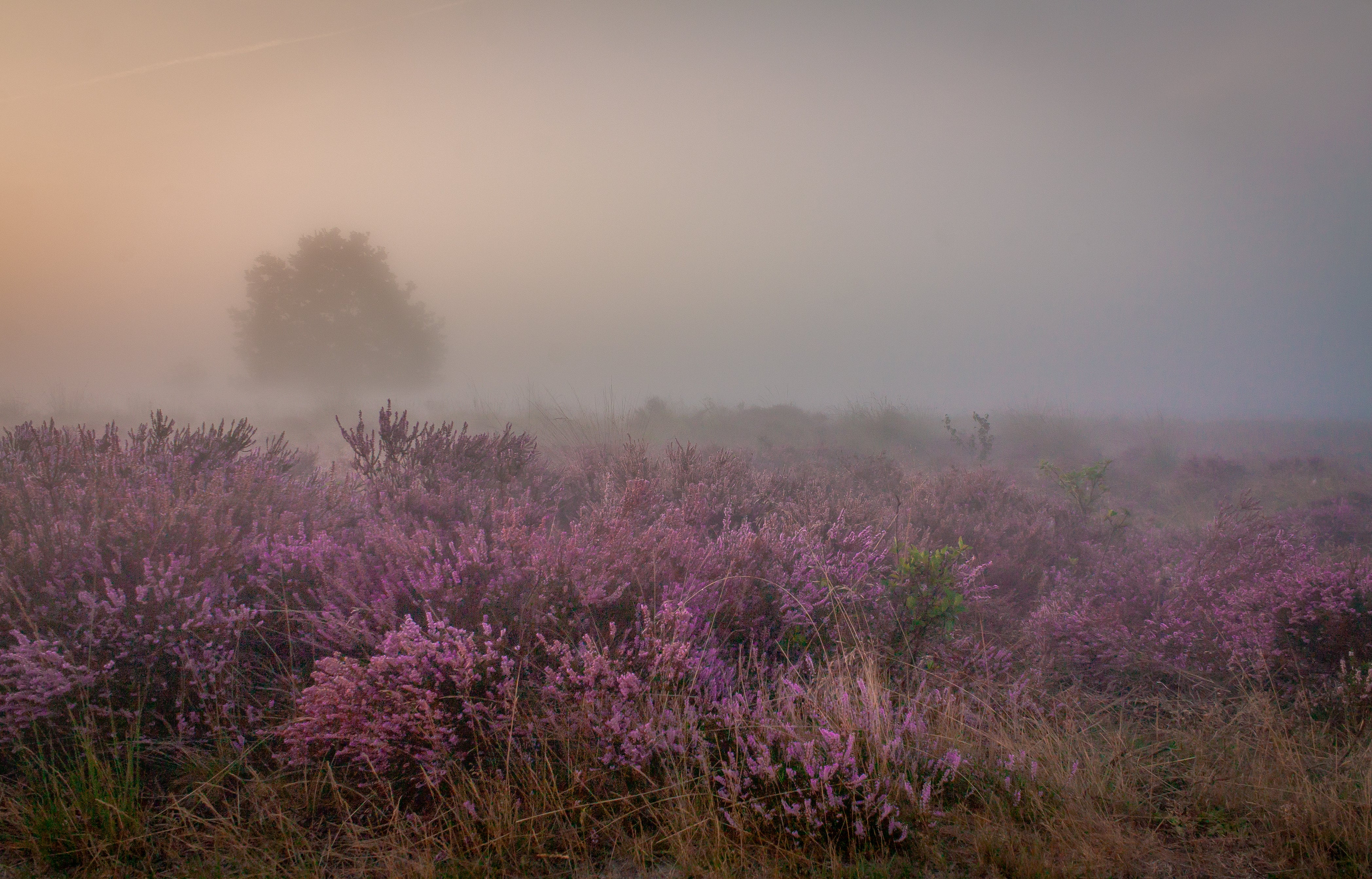England's heathland golf courses stand as testaments to the enduring legacy of visionary architects who transformed rugged terrain into golfing masterpieces. From the undulating fairways of Sunningdale to the heather-lined landscapes of Walton Heath, each course bears the indelible mark of its architect's vision. Five of the most influential architects of England's heathland courses were Harry Colt, Herbert Fowler, James Braid, Willie Park Jr., and Tom Simpson. Through their innovative designs and strategic genius, they shaped the landscape and the game of golf.
Harry Colt: The Maestro of Strategic Design
Born in 1869, Harry Colt emerged as a towering figure in the world of golf course architecture during the early 20th century. His designs, characterized by strategic bunkering, naturalistic features, and seamless integration with the surrounding landscape, set a new standard for course design. Colt's contributions to England's heathland golf courses are numerous and significant. At Sunningdale Golf Club, Colt crafted two timeless courses – the Old Course and the New Course – that epitomize the essence of heathland golf. With their undulating fairways, subtle contours, and strategic bunkering, Sunningdale stands as a testament to Colt's mastery of the craft.
Herbert Fowler: A Symphony of Elegance and Precision
Herbert Fowler, born in 1856, brought a unique blend of elegance and precision to his golf course designs. Trained as a lawyer, Fowler's transition to golf course architecture was marked by an unwavering commitment to creating courses that harmonized with their surroundings. His heathland designs, including Walton Heath Golf Club and The Berkshire Golf Club, showcase his keen eye for natural beauty and strategic layout. At Walton Heath, Fowler transformed a windswept heathland into a golfing sanctuary, where the rolling fairways and heather-lined bunkers challenge golfers of all skill levels. Similarly, The Berkshire's Red and Blue Courses reflect Fowler's penchant for strategic design, with their intricate green complexes and naturalistic features providing a true test of skill and precision.
James Braid: The Player-Architect Extraordinaire
James Braid, born in 1870, distinguished himself as both a legendary golfer and a prolific architect. His experiences on the course informed his design philosophy, emphasizing playability, strategy, and shot-making. Braid's heathland designs, such as Gleneagles King's Course and Carnoustie Championship Course, reflect his deep understanding of the game and his desire to challenge and inspire golfers. At Gleneagles, Braid crafted a course that rewards strategic thinking and bold shot-making, with its undulating fairways and well-placed hazards demanding precision and creativity from players. Similarly, at Carnoustie, Braid's redesign of the legendary links course elevated its status as one of the most challenging and revered courses in the world.
Willie Park Jr.: A Legacy of Innovation and Tradition
Willie Park Jr., born in 1864, followed in the footsteps of his father, Willie Park Sr., to become one of the most respected architects of his time. His designs, characterized by innovative features and a respect for tradition, left an indelible mark on England's heathland courses. At Alwoodley Golf Club, Park Jr. created a course that seamlessly blends with the natural landscape, with its rolling fairways and strategic bunkering providing a true test of skill and strategy. Similarly, at Hollinwell Golf Club, Park Jr. crafted a course that challenges golfers with its undulating terrain and well-guarded greens, while also offering breathtaking views of the surrounding countryside.
Tom Simpson: The Artistic Visionary
Tom Simpson, born in 1877, brought an artistic flair and a deep appreciation for classical design principles to his golf course architecture. His heathland designs, such as Huntercombe Golf Club and Ganton Golf Club, showcase his mastery of the craft and his ability to create courses that are both visually striking and strategically challenging. At Huntercombe, Simpson transformed a windswept heathland into a golfing masterpiece, with its naturalistic features and strategic layout providing a true test of skill and precision. Similarly, at Ganton, Simpson's redesign of the historic course elevated its status as one of England's premier heathland courses, with its sweeping fairways and subtle contours offering a true test of golfing prowess.


